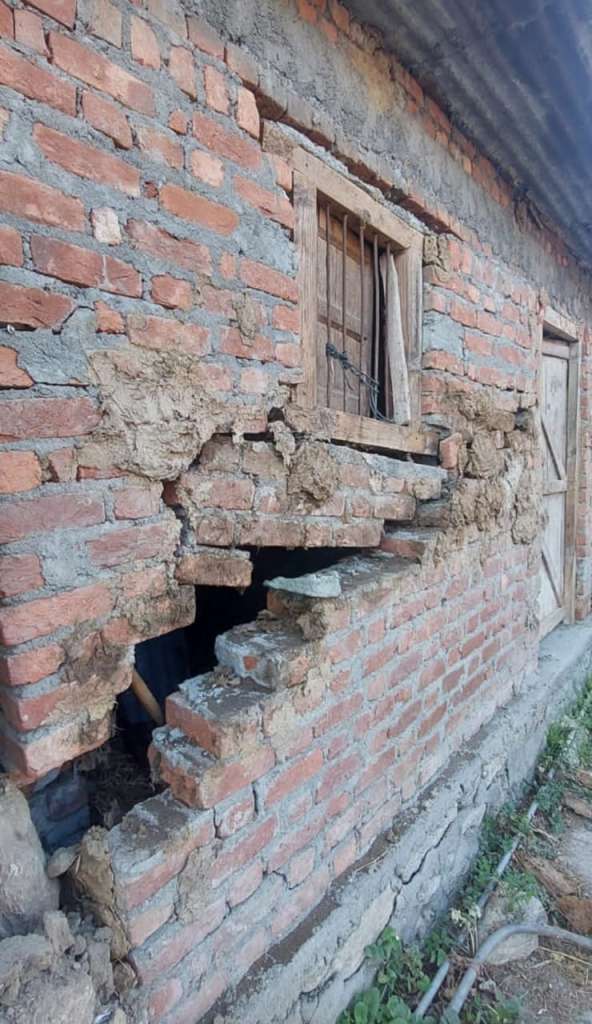Scientific study reveals, danger of major earthquake is looming
Dehradun. New information has emerged in the scientific study regarding the causes of landslide in Joshimath and the current situation there. The state government has recently made public the reports of scientists of nine institutions. From earthquake point of view, this entire area is in very sensitive category. Therefore, the state government is also taking it seriously.
A study conducted by Wadia Himalayan Geology Institute also expresses this concern. Scientists of the institute have set up 11 seismic stations in the area to record even the smallest earthquake movements. Which is broadband based and is providing real time information to the control room established in Wadia Institute.
This information has been shared in the recently made public, study report of Wadia Institute. According to Wadia’s study report, the network of 11 seismological stations that has been prepared is capable of recording even micro earthquakes of up to one magnitude.
In the study report, scientists of the institute have recorded the earthquakes that occurred between January 13 and April 12. According to the report, during this period, 16 earthquakes of 1.5 magnitude were recorded within a radius of 50 kilometers of Joshimath. Scientists have considered this to be normal for this seismic zone. The epicenter of the 1999 Chamoli earthquake was south of Joshimath. According to the report, the epicenter of the 6.6 magnitude earthquake that occurred in Chamoli district in 1999 was to the south of Joshimath.
Even in the last 50 years, all the earthquakes that have been recorded in this belt have occurred around the epicenter of the Chamoli earthquake. This shows that micro earthquake events are continuously happening in this entire region. This situation also points towards continuous tension in the ground. According to the scientists of Wadia Institute of Himalayan Geology, earthquakes occurring at a depth of less than 10 kilometers, all the micro earthquakes that have been recorded recently have occurred at a depth of only 10 kilometers underground.
According to the report, the seismograph recorded the largest earthquake of magnitude 5.4 during the study period on January 24, 2023. However, its center was found in the western part of Nepal, 100 km from Joshimath. Seismograph is continuously recording the noise. Seismograph is also continuously recording the sound generated by geological movement.
According to scientists, seismographs are continuously sensing sound in Joshimath area. This sound is heard more during the day than at night. Seismic stations established here are Panka, Auli Road Sunil, Marwari, Bhauna Sunil, Helang, Merag, Thang, Ravigram, Upper Bazar, Tapovan, Guruganga.











